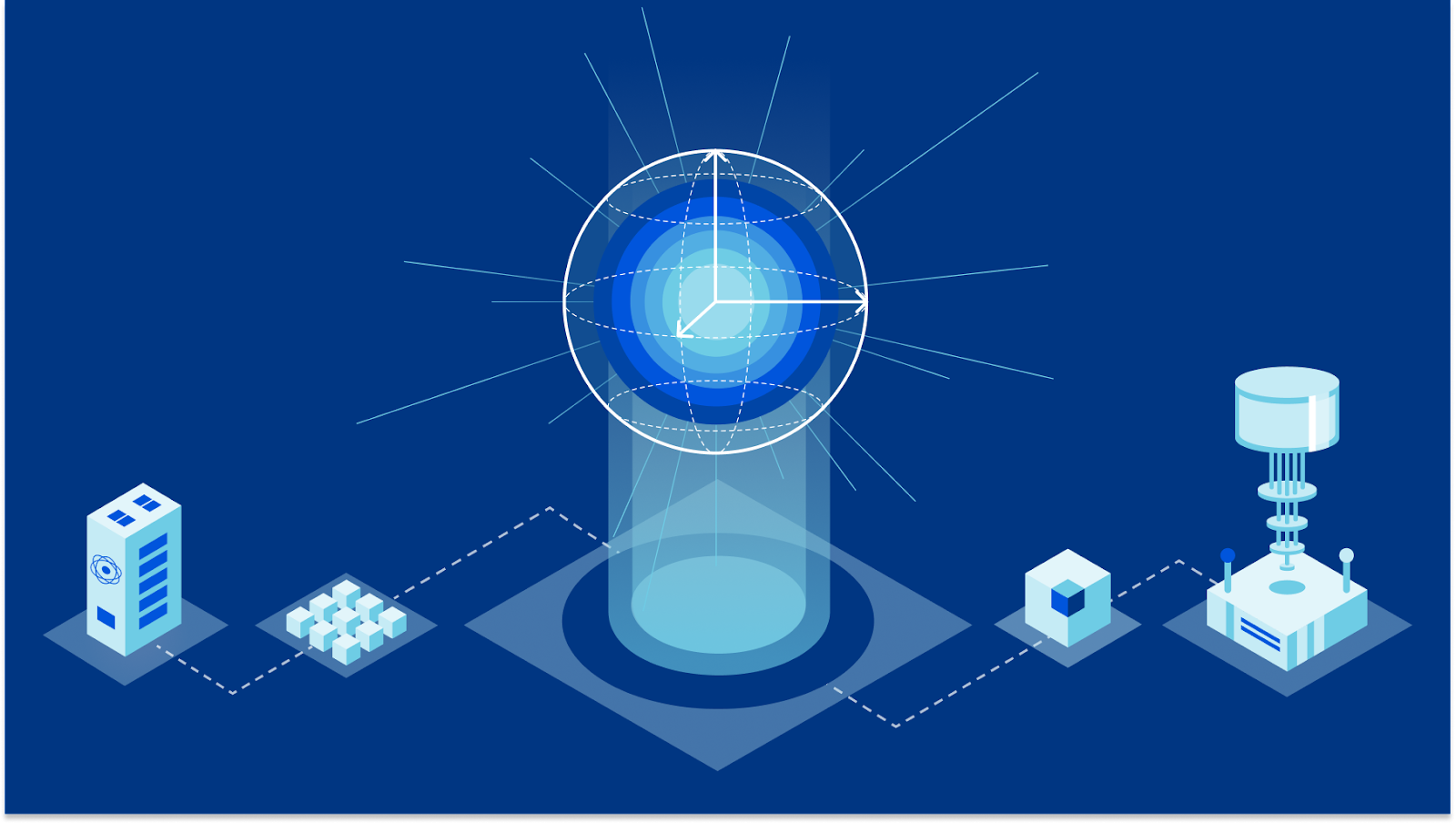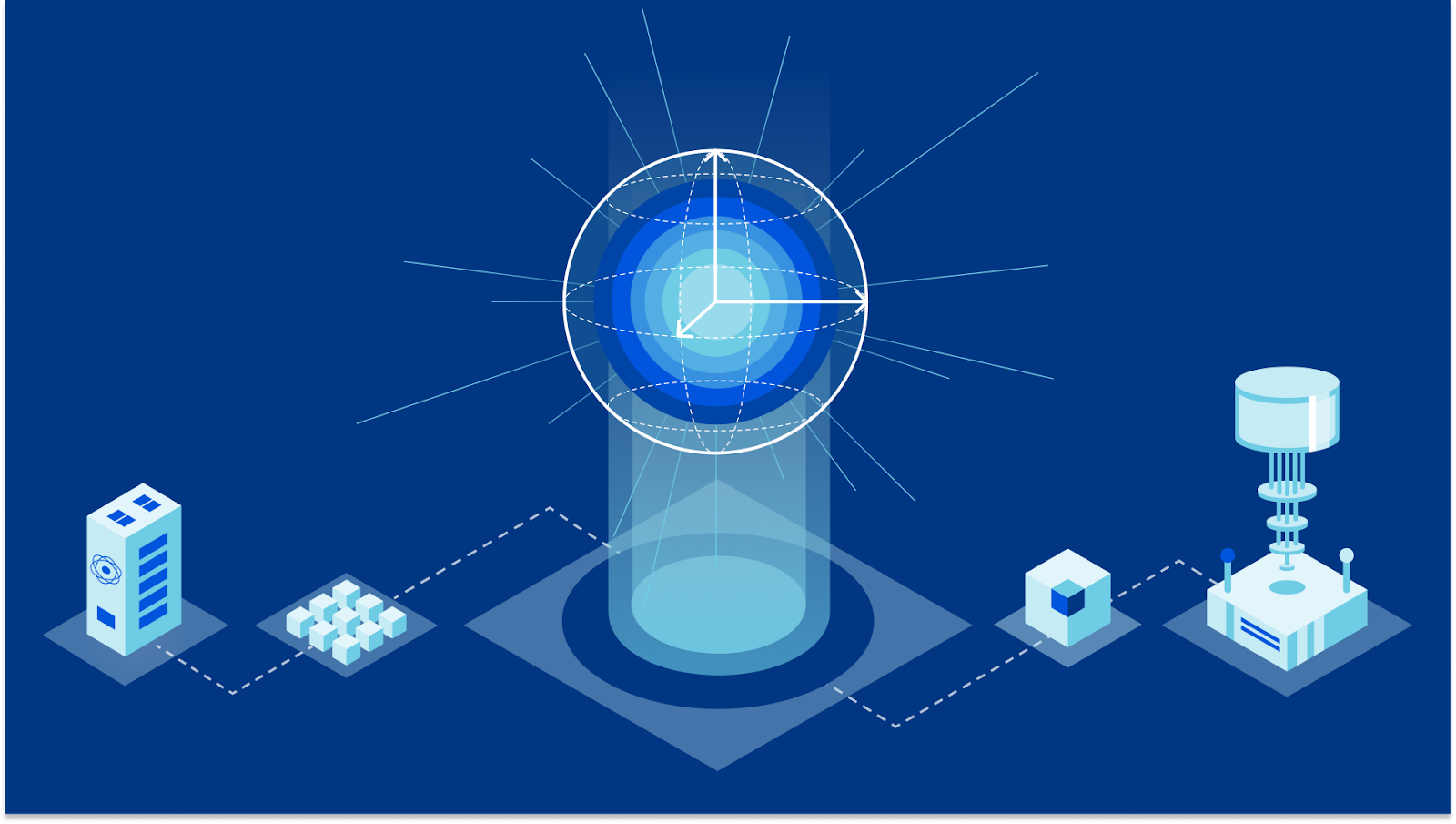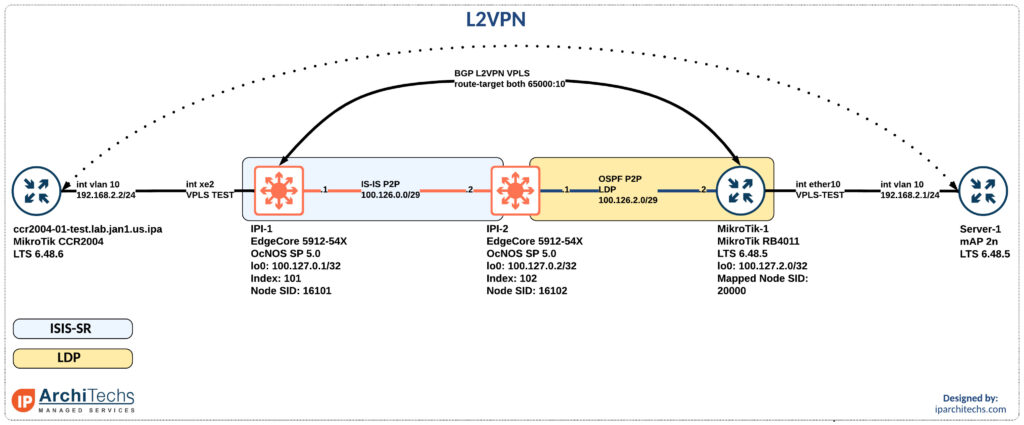What is CCNP ENARSI
What is CCNP ENARSI
What is ENARSI, one of the “Specialist” level exam and certificate belonging to the CCNP Enterprise domain, that was announced on June 9th – 2019.
it is the first version of the ENARSI exam that not only participates in the CCNP Enterprise certificate, but also once passed, it will grant the candidate a certificate called:
ENARSI and CCNP Enterprise
ENARSI was not the only exam announced from Cisco regarding CCNP Enterprise Specialty, an entire new domain of knowledge and hierarchy was there as well.
ENARSI might be your first and best choice if one of 2 cases:
- if you wish to go deep dive with routing protocols and services on enterprise level networks bases
- if you already know the old CCNP RS and you wish to refresh topics related to it
The other exams are “ENSDWI, ENSLD, ENWLSI, ENWLSD, and ENAUTO”
So as mentioned in previous blogs, the ENCOR + one of the exams mentioned above (could be the ENARSI)
will result in a CCNP Enterprise Certified
Is ENARSI Important?
It is actually very important not just to accomplish the nice, highly wanted, Continue reading
The Post-Quantum State: a taxonomy of challenges


At Cloudflare, we help to build a better Internet. In the face of quantum computers and their threat to cryptography, we want to provide protections for this future challenge. The only way that we can change the future is by analyzing and perusing the past. Only in the present, with the past in mind and the future in sight, can we categorize and unfold events. Predicting, understanding and anticipating quantum computers (with the opportunities and challenges they bring) is a daunting task. We can, though, create a taxonomy of these challenges, so the future can be better unrolled.
This is the first blog post in a post-quantum series, where we talk about our past, present and future “adventures in the Post-Quantum land”. We have written about previous post-quantum efforts at Cloudflare, but we think that here first we need to understand and categorize the problem by looking at what we have done and what lies ahead. So, welcome to our adventures!
A taxonomy of the challenges ahead that quantum computers and their threat to cryptography bring (for more information about it, read our other blog posts) could be a good way to approach this problem. This taxonomy should Continue reading
The quantum solace and spectre

Not only is the universe stranger than we think, but it is stranger than we can think of
— Werner Heisenberg

Even for a physicist as renowned as Heisenberg, the universe was strange. And it was strange because several phenomena could only be explained through the lens of quantum mechanics. This field changed the way we understood the world, challenged our imagination, and, since the Fifth Solvay Conference in 1927, has been integrated into every explanation of the physical world (it is, to this day, our best description of the inner workings of nature). Quantum mechanics created a rift: every physical phenomena (even the most micro and macro ones) stopped being explained only by classical physics and started to be explained by quantum mechanics. There is another world in which quantum mechanics has not yet created this rift: the realm of computers (note, though, that manufacturers have been affected by quantum effects for a long time). That is about to change.
In the 80s, several physicists (including, for example, Richard Feynman and Yuri Manin) asked themselves these questions: are there computers that can, with high accuracy and in a reasonable amount of time, simulate physics? And, specifically, can they Continue reading
Feedback: DMVPN Webinars
Some webinars on ipSpace.net are ancient (= more than a decade old). I’m refreshing some of them (the overhaul of Introduction to Virtualized Networking was completed earlier this month); others will stay as they are because the technology hasn’t changed in a long while, and it’s always nice to hear someone still finds them useful. This is a recent feedback I got on the DMVPN webinars:
As with any other webinar I have viewed on ipspace.net, this one provides the background as to why you may or may not want to do certain things and what impact that may have (positive or negative) on your network. Then it digs into the how of actually doing something. Brilliant content as always.
IPSpace.net is my go-to for deep dives on existing and emerging technologies in the networking industry. No unnecessary preamble. Gets straight to the point of why you are looking at a specific technology and explains the what and the why before getting into the how.
Feedback: DMVPN Webinars
Some webinars on ipSpace.net are ancient (= more than a decade old). I’m refreshing some of them (the overhaul of Introduction to Virtualized Networking was completed earlier this month); others will stay as they are because the technology hasn’t changed in a long while, and it’s always nice to hear someone still finds them useful. This is a recent feedback I got on the DMVPN webinars:
As with any other webinar I have viewed on ipspace.net, this one provides the background as to why you may or may not want to do certain things and what impact that may have (positive or negative) on your network. Then it digs into the how of actually doing something. Brilliant content as always.
IPSpace.net is my go-to for deep dives on existing and emerging technologies in the networking industry. No unnecessary preamble. Gets straight to the point of why you are looking at a specific technology and explains the what and the why before getting into the how.
Data Center Network Automation has a Data Problem
When you’re planning your data center network automation strategies, think about how you’re going to establish a source of truth about your network.Localisation isn’t translation
If you only have your app in English then you’ll still be understood[1] by the new market whose official language isn’t English.
If you show farenheit (a word I can’t even spell), then 96% of the world cannot understand your app. At all.
For most of the west I would argue that translation doesn’t even matter at all, but you cannot have your app start your weeks on Sunday, you cannot show fahrenheit, or feet, or furlongs, or cubits or whatever US-only units exist. And you cannot use MM/DD/YY.
NONE of these things are tied to language. Most users of English don’t want any of this US-only failure to communicate.
[1] While most of the world doesn’t speak English fluently, they may know words. And they can look up words. You cannot “look up” understanding fahrenheit or US-only date formats.
Go programs are not portable
A while ago I was asked why I wrote Sim in C++ instead of Go. I stumbled upon my answer again and realized it could be a blog post.
So here’s what I wrote then. I think I stand by it still, and I don’t think the situation has improved.
Why not write portable system tools in Go
My previous experience with “low level” things in Go (being very
careful about which syscalls are used, and in which order) has had
some frustrations in Go. Especially with portability. E.g. different
definitions of syscall.Select between BSDs and Linux, making me have
to use reflection at some points. (e.g. see
this Go bug.
And to work around those things Go unfortunately uses the antipattern
of (essentially) #ifdef __OpenBSD__, which we’ve known for decades
is vastly inferior to checking for specific capabilities.
To me the Go proverb “Syscall must always be guarded with build
tags” essentially means “Go is not an option for any
program that needs to be portable and may at some point in the future
require the syscalls package”. And since this tool is meant to be
portable, and calls what would be syscall.Setresuid, Continue reading
Events. My experience from taking part in NANOG #84 Hackathon
Hello my friend,
collaboration, team work, team spirit… These and other similar words we are using quite often to show the importance of working together to achieve something big. Especially, if you have very limited time. This is a good description of the hackathon – the team effort to achieve something big (i.e., MVP of working product) in a short term (i.e., in 24 hours). Let’s see what’s that all about.
2
3
4
5
retrieval system, or transmitted in any form or by any
means, electronic, mechanical or photocopying, recording,
or otherwise, for commercial purposes without the
prior permission of the author.
What Was the Hackathon?
There are many hackathons worldwide. The trend we observe now is that many technical events have hackathon as a warm-up event or a part of the main program. In this case, the event was NANOG 84, which is one of the biggest gatherings for all Service Providers, Telco equipment vendors, and system integrators in North America. It is a massive opportunity to learn some interesting things from some leading companies, like their experience and lessons learned Continue reading
Marvell’s Building Blocks For Carrier Edge, 5G Networking
This article was originally posted on the Packet Pushers Ignition site on December 17, 2020. 5G and edge computing are mainstays of almost every tech company’s growth strategy, but their combined potential for market disruption is acute among network equipment vendors, carriers, and related component suppliers. Both trends have been brewing for years, but have […]
The post Marvell’s Building Blocks For Carrier Edge, 5G Networking appeared first on Packet Pushers.
Interop IP infusion and MikroTik: part 2 – VPLS
VPLS is a pretty common technology in ISPs to either sell layer 2 services or backhaul traffic to a centralized aggregation point to conserve IPv4 space; check out more on that here.
How can I take advantage of segment routing but still deliver the same services? We already looked at how to setup the label switched paths utilizing IP Infusion as a segment routing mapping server in this interop post. Now let’s see how we can deliver a VPLS service over this with mikrotik as a provider edge router.
Delivering a service with a L2VPN

After setting up the IGP and label distribution between the PEs we will start building the L2VPN.
Why a BGP signaled VPLS session instead of LDP signaled VPLS?
In the segment-routing domain there is no LDP running. However, some vendors support static pseudowires or other methods to bring up a targeted LDP session for VPLS. I did some basic testing here couldn’t easily identify the right combination of knobs to make this work. Don’t worry; I’ll come back to it.
BGP signaled VPLS is a standards based technology that both vendors support.
First thing we need to do after having loopback reachability is to build Continue reading
Using netsim-tools with containerlab: Welcome to the World of Tomorrow
Julio Perez wrote a wonderful blog post describing how he combined netsim-tools and containerlab to build Arista cEOS labs.
Hint: when you’re done with that blog post, keep reading and add his blog to your RSS feed – he wrote some great stuff in the past.
Using netlab with containerlab: Welcome to the World of Tomorrow
Julio Perez wrote a wonderful blog post describing how he combined netlab and containerlab1 to build Arista cEOS labs.
Hint: when you’re done with that blog post, keep reading and add his blog to your RSS feed – he wrote some great stuff in the past.
-
netlab was known as netsim-tools at the time he wrote the blog post ↩︎
Rust Notes: Enums
An enum is a type which can be ONE of a FEW different variants. // Create an instance of the enum variants with the double colon. let blah = StuffAndThings::Blah; let bleh = StuffAndThings::Bleh(42); let stuff = StuffAndThings::Stuff(String::from("Stuff"), true); let things =...continue reading
Rust Notes: Hash Maps
A HashMap is a generic collection of key/value pairs. All of the keys must have the same type, and all of the values must have the same type. HashMap Considerations A hash maps data is stored on the heap. A hash maps size is not known at compile time, they can grow or shrink at run...continue reading
Rust Notes: Vectors
A vector is a collection of items of the same type. Vector Considerations When an empty vector is created with Vec::new it is un-allocated until elements are pushed into it. A vector with elements has allocated memory and lives on the heap. A vector is represented as a pointer to the...continue reading